In France, an Englishman marches on his stomach. For many, France is synonymous with its cuisine. And any traveller should expect that much of their time will be spent inside a restaurant, enjoying one of the world’s greatest food cultures.
The traditional idea of the French rarely speaking English is outdated, but if you’re touring fine eateries in Vendee or Brittany, you’ll need more than an “Oi garcon” to get by. So at Madame Vacances, we decided to give you an essential guide to our dining culture, and all the vocabulary an Englishman would need to dine in France.

Making a reservation in French
Especially at the weekend, or in a busier area, it’s advised to book ahead of time. This doesn’t have to be a stressful experience for non-native speakers, as the conversation will usually have a similar flow.
| Speaker | En Français | En Anglais |
| You | Bonjour, je voudrais réserver une table, s’il vous plait. | Hello, I’d like to book a table please. |
| Restaurant | Pour combien? | For how many? |
| You | Pour deux personnes. | For two people. |
| Restaurant | Pour quand? | For when? |
| You | Pour ce soir a 19h. | For this evening at 7pm. |
| Restaurant | A quel nom? | Your name? |
| You | Your surname | Your surname |
| Restaurant | Merci! | Thank you |
Then all you will need to do is arrive at the restaurant in your allotted slot and give your name to be seated. Easy!
If you haven’t booked ahead, you might not be out of luck. By arriving at the restaurant and letting the maître d’ know there are two of you (“On est deux.”) they can try to seat you. Alternatively, if you’re arriving at a more casual establishment and just want a quick drink you just need to say (“On va juste boire quelque chose.”) and specify what you want.
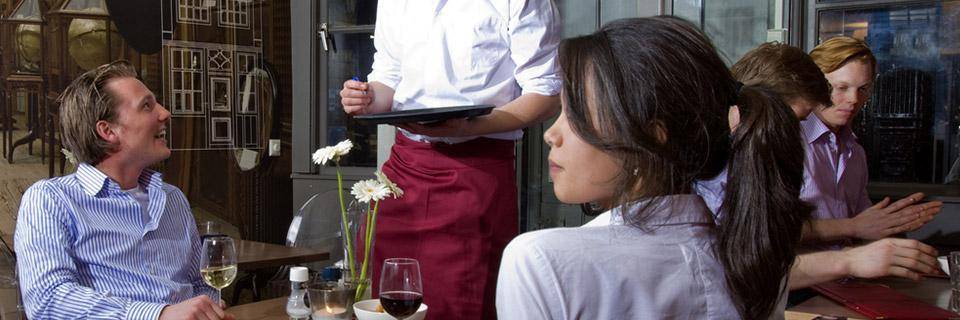
TIPS TO ORDERING IN FRANCE
French restaurants are much the same as others around the world, but we’ve put together some pointers, which will help ensure you have an amazing dining experience.
Waiters
Maintaining a polite tone of voice is all you’ll need when it comes to interacting with your waiter. Attract their attention with an “Excusez-moi?” and remember your “S’il vous plait” when you order and you’ll be fine.
Water
We French are very specific about our waters, and if you just ask your waiter for a water, chances are they’ll give you the choice of plate or gazeuse, still or sparkling respectively. It’s very rare for a restaurant to offer you tap water as standard, so your best bet may be asking for a “Carafe d’eau” to get a jug of water.
Ordering steak
With classic dishes like steak frites, at least one steak should be on the menu for anyone who wants to be immersed in French cuisine.
Bleu = basically twitching. Saignant – bloody/very rare. A point = English rare standards. Bien cuit = Well done.
Be aware though, generally we French eat steak rarer, and well done isn’t well accepted!
Asking for the bill
This isn’t America, where you’re expected to leave as soon as you’ve finished your last forkful. So feel free to take your time about settling the bill. Depending on the restaurant, the waiter may bring over the bill or you may need to request it (“L’addition s’il vous plait”). If you do feel that you’re being rushed out of the restaurant, it’s very possible that your table is reserved and the waiter is conscious.
Tipping
In France, the tip will be included in your final bill. There’s no expectation of adding more on top, and even a few Euros left behind is an indication of excellent service. With larger groups, a larger amount of service charge will be added onto your bill.
French Restaurant types
A restaurant is a restaurant is a restaurant, right? Well, no. In France, you will find a range of eateries, each one with its own unique culture and dishes on offer.
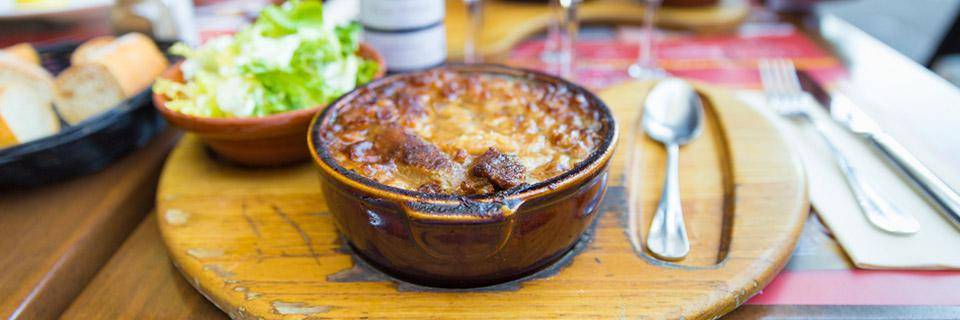
Auberge
(Oh-behrzh(uh))
An inn. Often found in more traditional and authentic areas of France, an auberge is often a family run establishment where you’ll find hearty, locally-sourced dishes such as cassoulet.
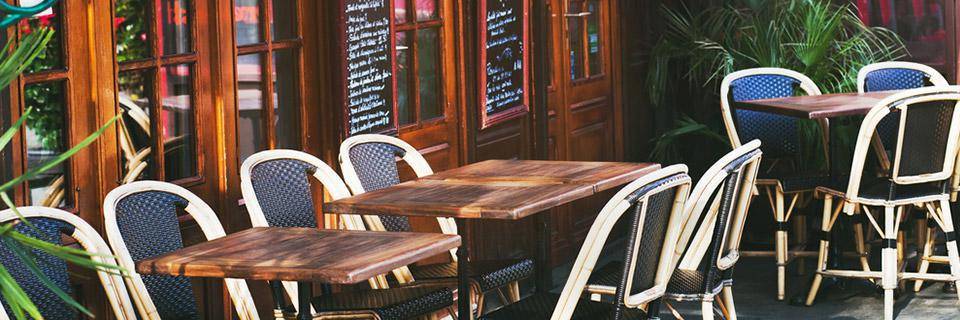
Bistro
(Bee-stro)
Not a formal distinction, ranging from pubs with a wide menu of snacks through to a full-service restaurant. Bistros offer a more casual atmosphere than other restaurants, and usually the menu is less expensive.
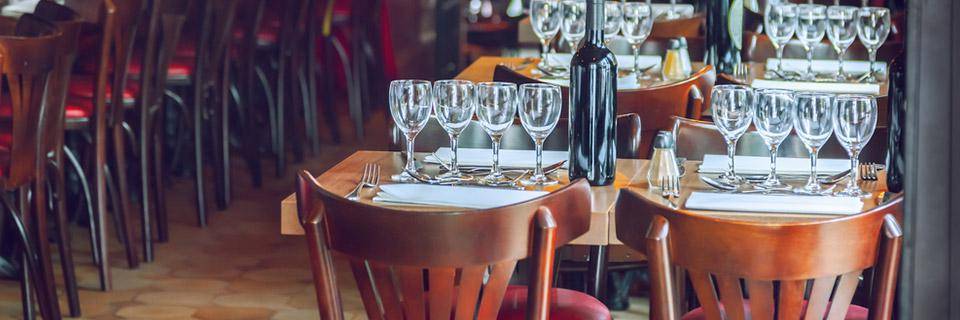
Brasserie
(Brahs-ree)
Somewhere between a bistro and a restaurant, a brasserie sees a professional service of printed menus and white linens, but without the high levels of formality of a restaurant. They are often open every week of the day, and serve the same menu throughout the day, a classic example of a brasserie dish would be steak frites.

Café
(Kah-fay)
Predominantly serving drinks and small plates, a café is synonymous with both a coffee shop and a wine bar – often in the same building.
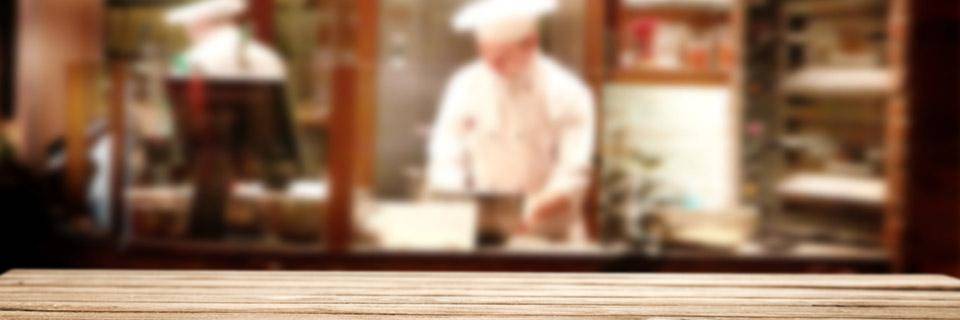
Relais Routier
(Ruh-leh roo-tee-ay)
Found across the French countryside in regions such as Burgundy and Provence, a relais routier literally translates as a truck stop. However, unlike the UK, they serve much more interesting and high-quality food than the name might suggest.

Restaurant
(Ruh-stoh-rah)
The traditional restaurant is the home of French cuisine. The restaurants are more formal than other eateries, where there’s more of an expectation that you’ll be ordering more than one course.
The above is just a quick guide to navigating the world of French cuisine, leaving you with less to worry about, and allowing you to focus on some of the world’s best food.